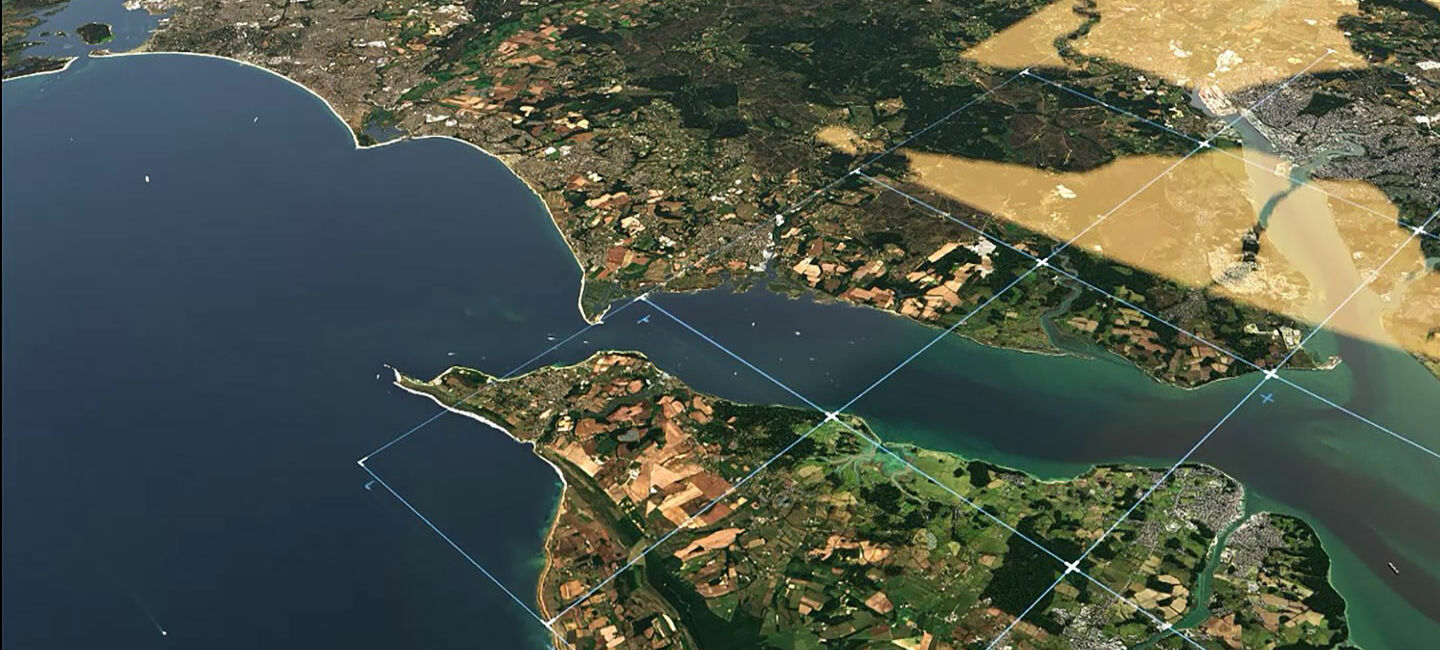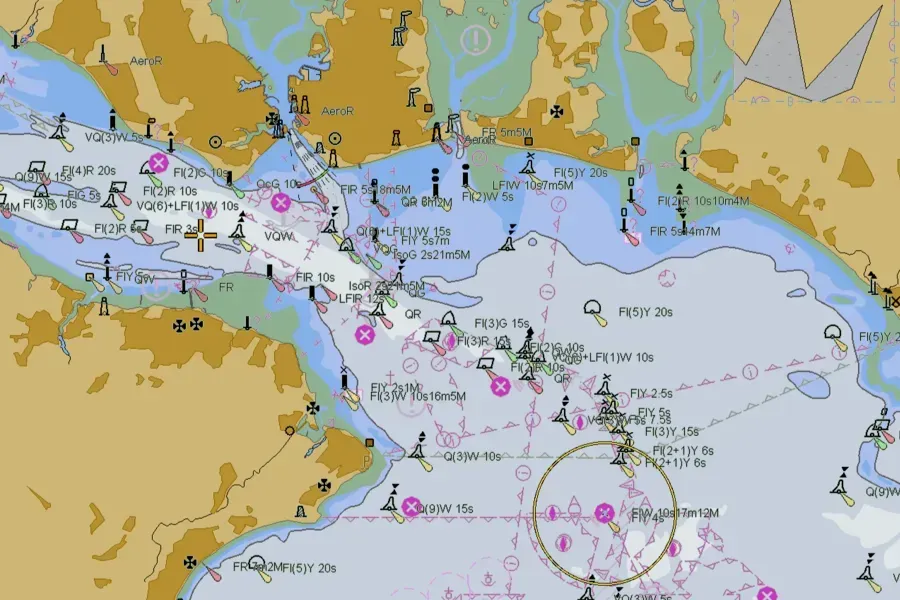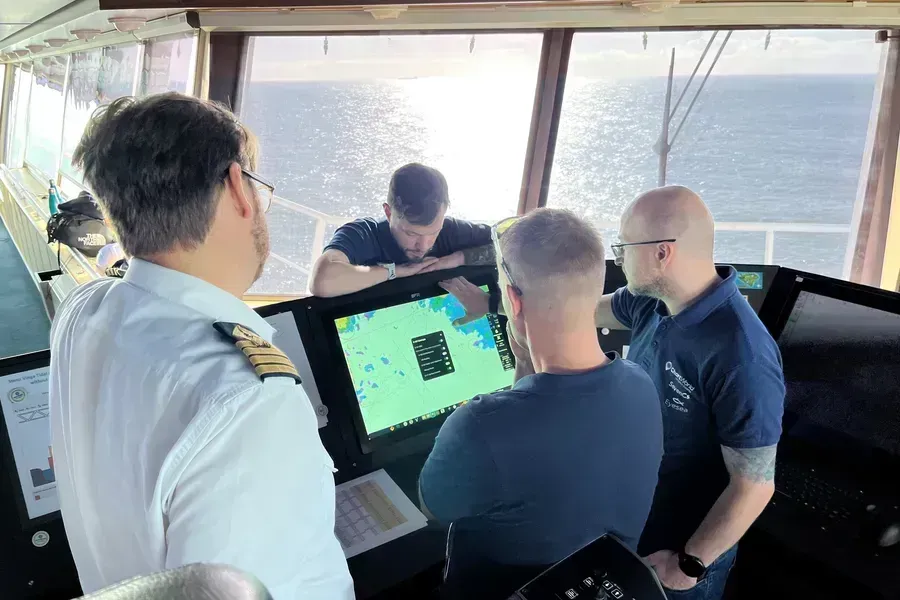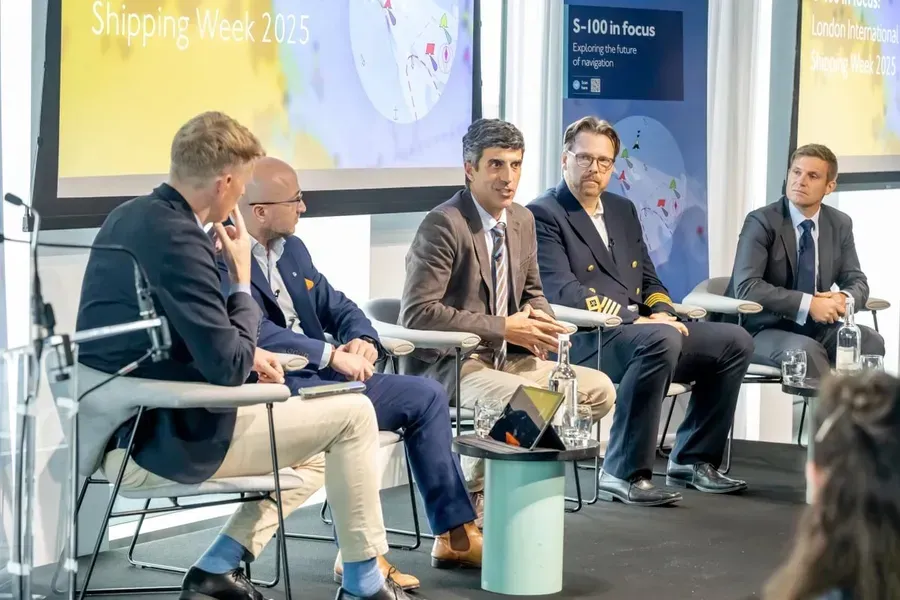Based on research with maritime professionals, this report explores how prepared the industry is for the shift to the S-100 data framework, what benefits it could bring and where barriers still exist.
As the maritime sector enters a period of transition to a new generation of navigational solutions, S-100 is set to play a key role. This framework, developed by the International Hydrographic Organization (IHO), is designed to replace the legacy S-57 standard and support enhanced situational awareness, operational efficiency, and safety at sea.
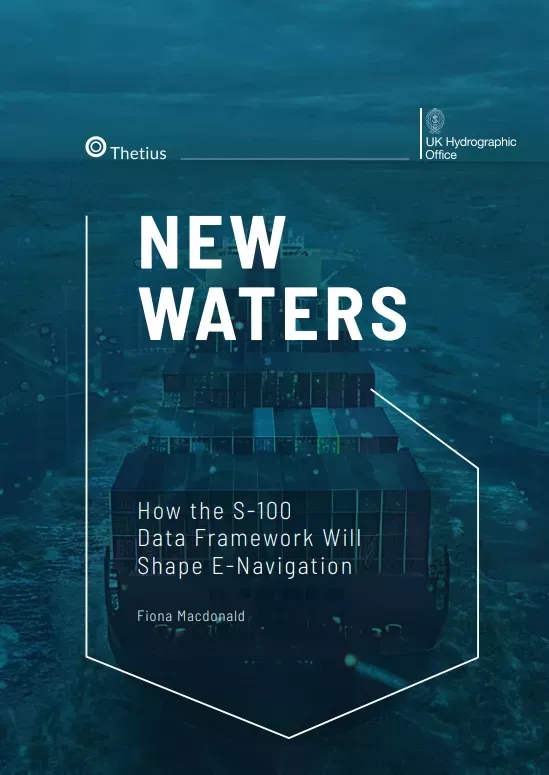
What you’ll learn:
- How S-100 differs from S-57 and what it could mean for mariners
- Potential real-world benefits: high-resolution bathymetry, dynamic tide and current data, and auto-updating navigational warnings
- Key International Maritime Organization (IMO) timelines and what the industry should prepare for during the transition
Why S-100 matters to you
Unlike traditional navigation data, S-100 enables the integration of multiple dynamic high-detail data sources—from tidal and weather information to seafloor depth and navigational warnings. This could help:
- Improve safety: With more precise, up-to-date data
- Boost efficiency: Through better informed route planning
- Futureproof operations: By supporting machine-readable data for the next generation of ECDIS and future technologies
Learn more about S-100
Discover how the S-100 data standards could transform decision making from ship to shore.
S-100: Shaping the future of navigation
Discover how the next generation of data standards will transform the way decisions are made from ship to shore.
Subscribe to keep updated on S-100
Subscribe to keep updated on the latest developments of S-100 data standards and how these are shaping the future of navigation.


